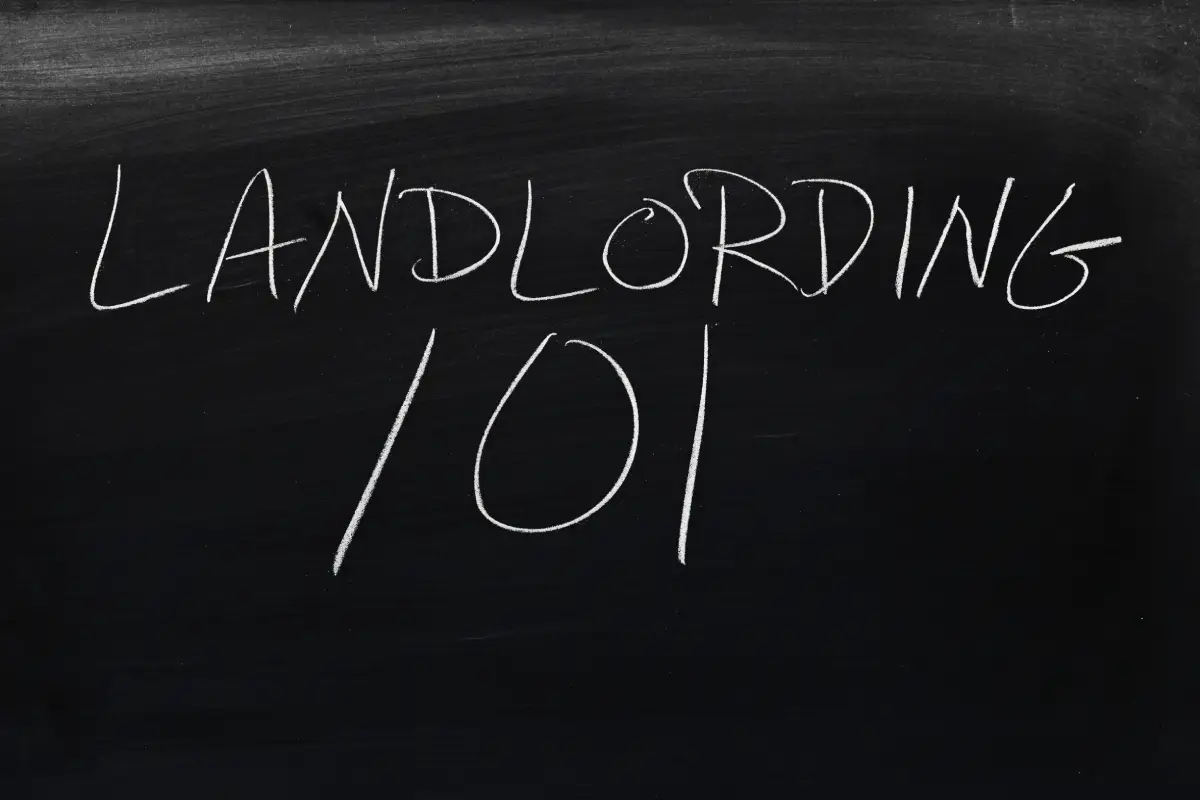Most landlords know how to collect rent, but not all know if they’re actually making money.
You might have cash coming in, but without tracking your finances, ROI, cash flow, and profit, it’s easy to fall into the trap of “busy landlord, broke investor.” These aren’t just accounting terms. They’re the numbers that show whether your property is building wealth or just burning time.
Once you understand how to measure performance the right way, you can make smarter decisions on when to raise rent, when to remodel, and when to move on.
In this guide, we’ll break it all down in plain English and show you how to run your rental like a business.
Key Takeaways
- Most investors aim for a 5% to 10% ROI on single-family rentals—if you’re under that, something’s off.
- Landlords using the “1% rule” often pull in around $330 a month in cash flow per unit, which makes a big difference.
- Profit isn’t just rent minus bills—it also includes big stuff like upgrades, tax breaks, and what you sell for later.
- Tracking your numbers gets way easier when you use software or bring in someone who knows what they’re doing.
- Turning over a tenant can cost you around $3,872, so it pays to keep good renters and raise rent the smart way.
What ROI Tells You and Why It Matters
ROI stands for Return on Investment. It’s how much money you’re making after expenses compared to what you’ve put into the property. It’s your scoreboard.
Here’s the basic formula:
Net Annual Profit ÷ Total Investment × 100
Your total investment includes:
- What you paid for the property
- Closing costs
- Repairs or upgrades
Say you spent $400K on a rental and cleared $20K after all expenses last year. Your ROI is 5 percent.
Stessa, a well-regarded rental analytics platform, says that many investors think of the numbers between 5% and 10% as a realistic target for ROI on single-family rentals in the U.S. If you're below that, it might be time to recheck your numbers or rethink your approach.
Pro Tip: You can use our FREE ROI Calculator for a hassle-free assessment of your rental property’s profitability.
Understanding Cash Flow: What’s Left Every Month
Cash flow is what’s left after all the bills are paid. It’s not complicated, but it is essential.
Here’s the quick math:
Total Rental Income – Total Expenses = Cash Flow
If your rental pulls in $2,500 a month but your bills (mortgage, insurance, repairs, etc.) total $2,200, you’re left with $300. That’s your monthly cushion. If it’s negative, you’re bleeding money.
Investors who follow the “1% rule”—charging monthly rent equal to at least 1% of the purchase price—often see solid returns. According to Business Insider’s 2025 report, landlords using this approach have reported earning around $330 in positive cash flow per unit each month. If your numbers fall short of that, it might be time to rethink your setup.
Profit Isn’t the Same as Cash Flow
Here’s where it gets tricky. A rental might cash flow well every month but still not be profitable in the long run.
Profit is the big-picture number. It factors in:
- Major upgrades (a new roof, HVAC, etc.)
- Depreciation
- Appreciation (or lack of it)
- Tax breaks
- What will you sell the property for down the line
Think of cash flow as your rental’s health today. Profit is your wealth tomorrow.
How to Track It All Without Losing Your Mind
You don’t need to be an Excel wizard, but you do need a system.
Here’s a simple plan:
- Track all income and expenses monthly
- Keep every invoice, lease agreement, and receipt
- Use software or hire someone to help (PMI Cherry Creek does both)
Spreadsheets are fine if you’re just starting out. But if you’ve got more than one property or you don’t want to spend your weekends doing math, look into property management tools that show your ROI, cash flow, and profit automatically.
Pro Tip: You can also check our Residential Guarantees and learn how we can protect your business.
How to Boost ROI Over Time
Want to get more out of your property? Here’s where to start:
- Make smart upgrades. Things like energy-efficient appliances or updated kitchens give you better rent without breaking the bank
- Raise rent when leases renew (not in the middle of winter)
- Keep good tenants. Recent data shows that the average cost to turn over a single rental unit is about $3,872, with total turnover costs generally falling in the $1,000–$5,000 range.
- Use tax benefits. Depreciation alone can save you thousands
- When it’s time to sell, look into a 1031 exchange to defer taxes
The point is, treat your property like a business, not just a side hustle.
Mistakes Landlords Make When Measuring Performance
A lot of landlords miss the mark. Here's what to watch out for:
- Skipping maintenance until it becomes a big-ticket repair
- Overestimating rent without checking the local market
- Forgetting to factor in vacancies
- Not tracking depreciation or taxes
- Mixing personal spending with rental expenses
Most of these slip-ups are avoidable. But if you’re winging it, you’ll always be catching up.
Start Tracking Your Rental's Performance with Help from Experts
Rent checks coming in are great, but are you really making money? Tracking your ROI, cash flow, and profit isn’t just a finance trick. It’s how you know your rental is working. But most landlords don’t want to spend their weekends crunching numbers or figuring out why cash flow disappeared. That’s where a good property manager can make all the difference.
At PMI Cherry Creek, we handle the numbers, so you don’t have to. We show you what’s working, what’s not, and how to fix it. Here’s what we bring to the table:
- Monthly reports that break down your income, expenses, and returns
- Help keep vacancies low, so the rent keeps coming
- Rent pricing based on current market data, not guesswork
- Maintenance handled before it becomes a wallet-drainer
If you’re ready to get serious about your rental’s performance, we’re here. Book a free consultation with PMI Cherry Creek and see how your property is really doing.
FAQs
What is the cap rate, and why does it matter for landlords?
Cap rate is one of the quickest ways to get a read on how well a rental might perform. You take your net income from the property (after expenses) and divide it by the purchase price. It gives you a percentage that helps compare one rental to another. A higher cap rate usually means better returns, but it can also come with more risk, like higher turnover or more upkeep. It’s not perfect, but it’s useful.
What’s cash-on-cash return, and how is it used?
Cash-on-cash return looks at how hard your actual cash investment is working. It’s your annual cash flow divided by how much of your own money you put into the property. This is especially helpful if you used a loan, because it focuses only on what came out of your pocket. It won’t give you the full picture like ROI, but it tells you how efficient your investment is at putting money back in your hands.
How do current mortgage rates affect rental cash flow?
In 2025, mortgage rates for investment properties are higher than rates for your personal home, usually by about half a percent or more. That might not sound like much, but it adds up fast. If you’re financing a property and rates are over 7%, your monthly mortgage eats into your rental income. That means less cash flow and a tighter cushion for repairs or vacancies. Always run the numbers before buying, especially in a high-rate market.



